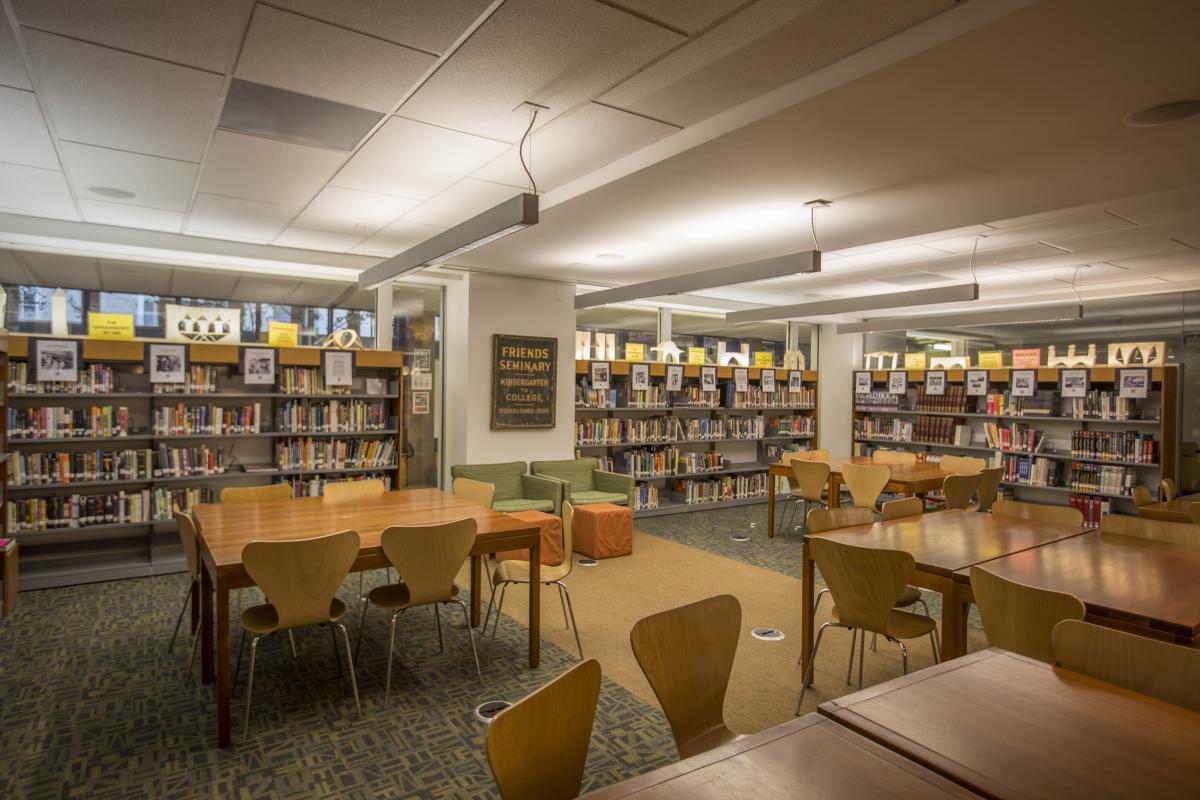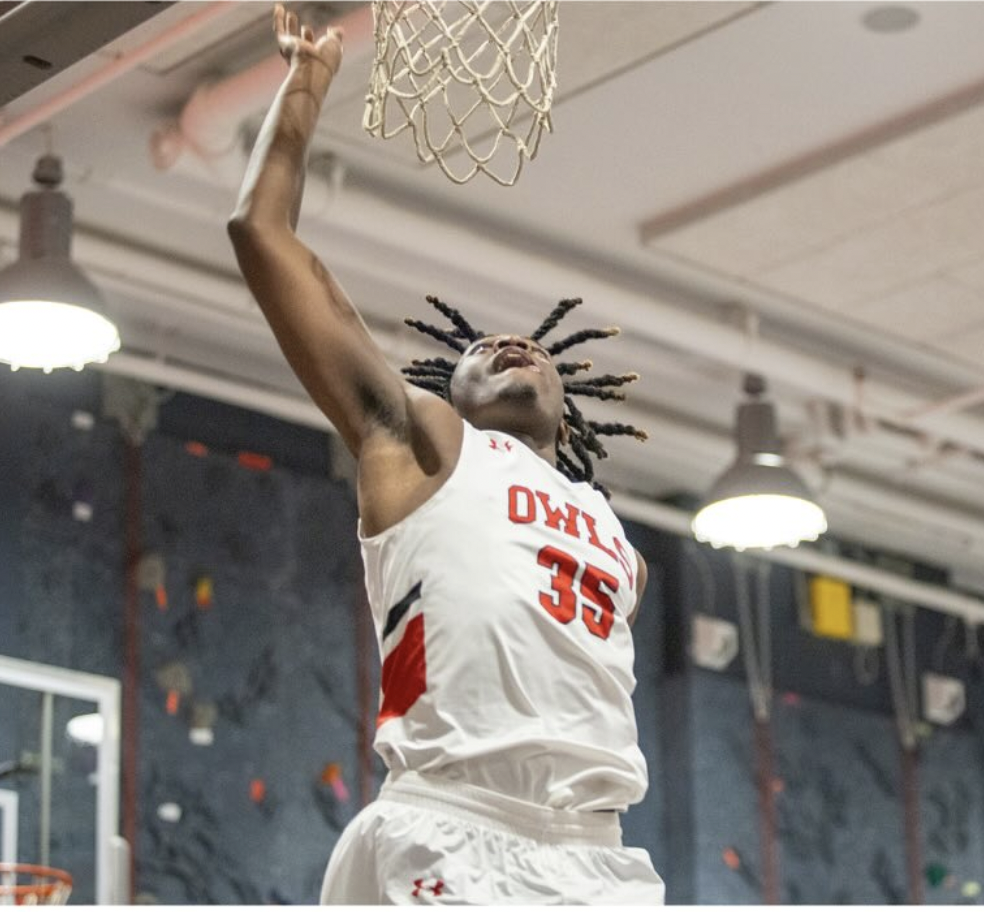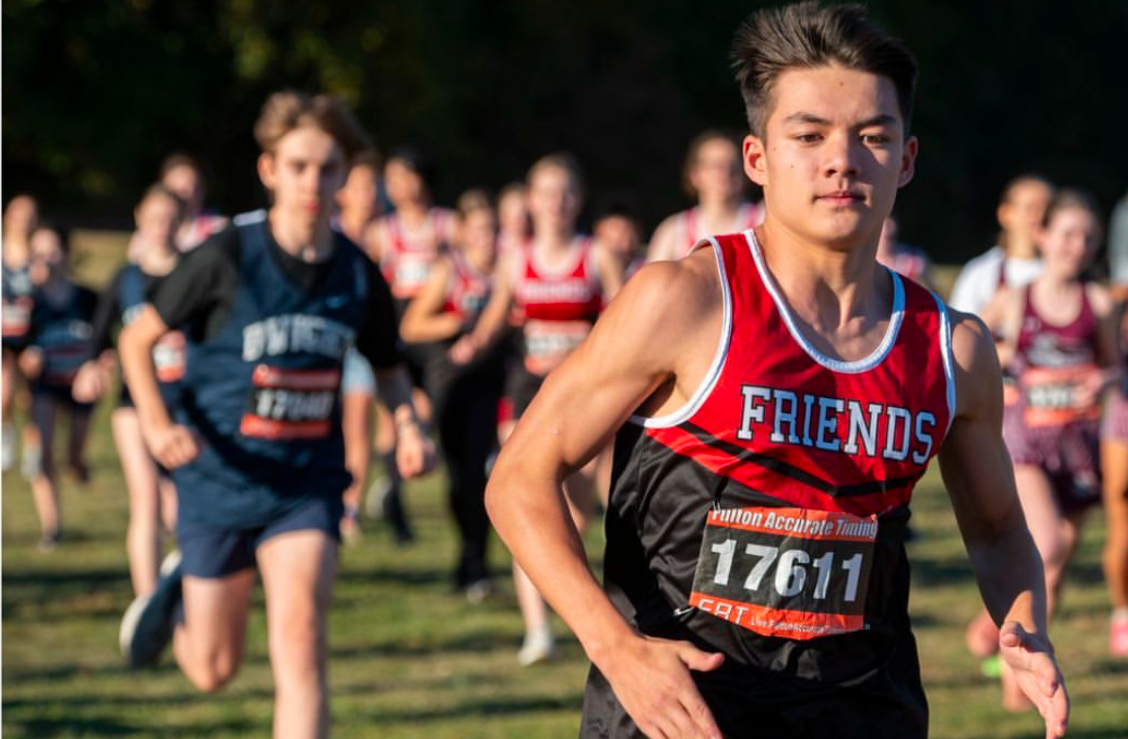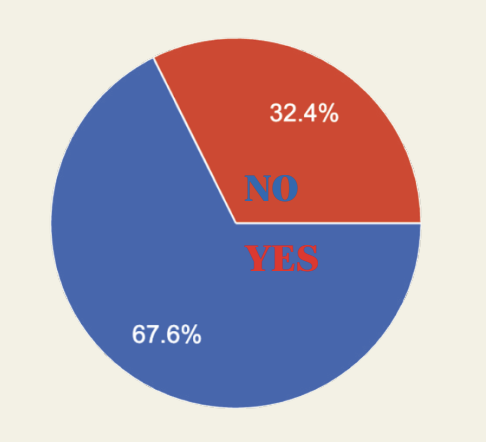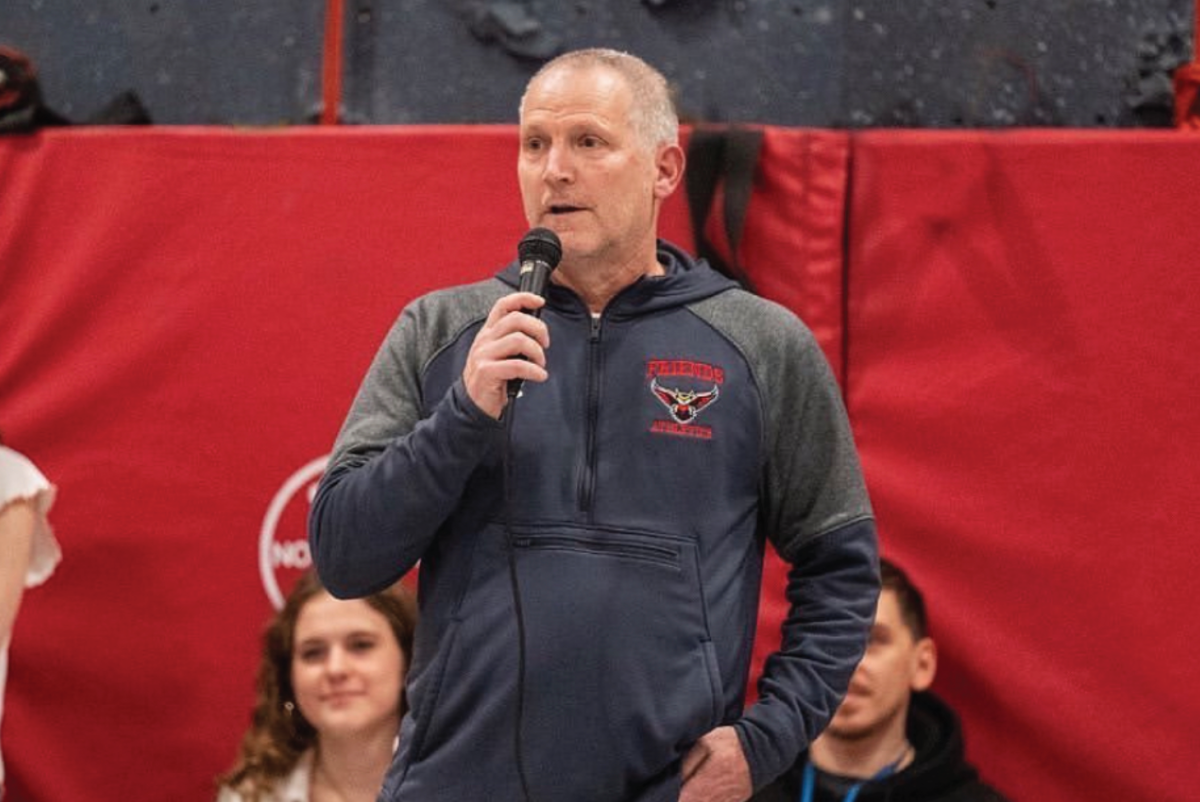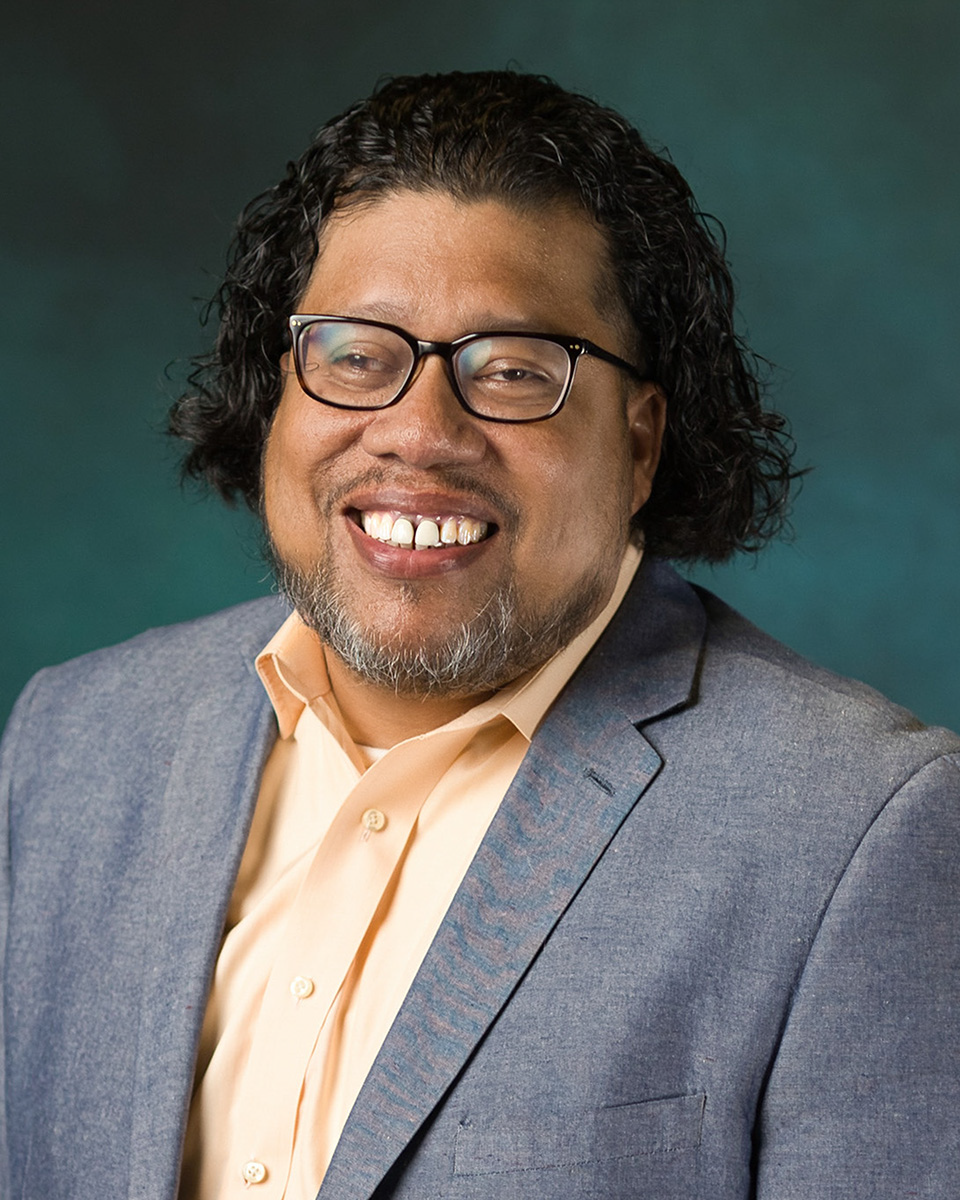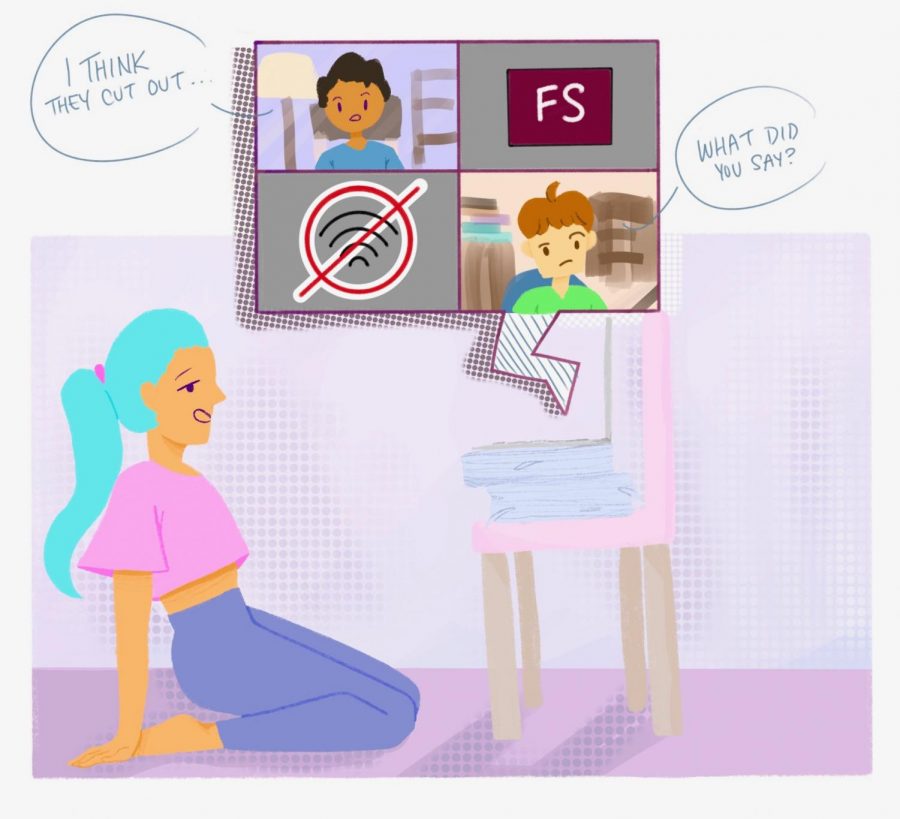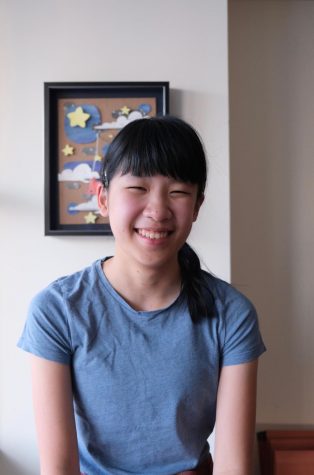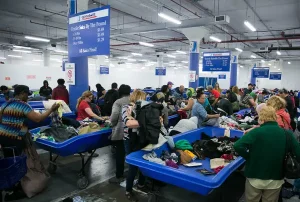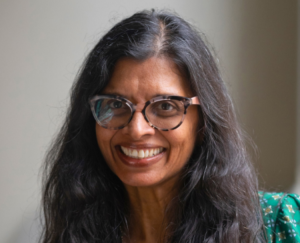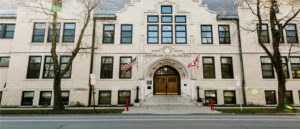Friends Seminary adapts to online learning
November 2, 2020
Friends Seminary upper school students returned to a completely virtual classroom this fall. Although teachers, faculty, and staff have been working tirelessly to adapt to an online world, many elements of schooling have been altered, ranging from our education to how we build our community.
When Friends Seminary’s campus closed in March due to COVID-19, decisions about how students would learn outside the classroom were made during spring break. Teachers were brought onto training sessions that prepared them to engage with online learning. These tutorials helped to implement teaching tactics that would not be limited to online learning, in case a return to in-person school was possible.
Benjie Messenger-Barnes, Director of Distance Learning, explained that the focus was to instill teaching skills that could deal with the uncertainties ahead. “Anything we spoke about or learned about in those training sessions would be applicable in-person and online,” he said.
The Friends Seminary virtual education experience is primarily rooted in three philosophies: pedagogies that pivot, building your toolset, and taking care (the latter being the theme of the 2019-2020 school year).
“Pedagogies that pivot” is about discovering ways to successfully teach online using previous knowledge from in-person classes. When creating the virtual classroom, teachers worked to find methods that could translate to online learning, but they also worked to eliminate certain aspects that would no longer be applicable to the current reality of distance learning.
“Building your toolset” is about implementing these pedagogical practices effectively and making education as accessible to students as possible. This principle included a transition to a ubiquitous use of PowerSchool Learning, which made learning materials more attainable. Carly Baretz ’23 noted the improvement, “This past year PowerSchool learning has helped me to keep organized because I know all of the important documents and assignments for my classes are in a single place,” she said.
Finally, the third theme, taking care, has three main strands: transitioning the Friends community to online learning, focusing on mental health, and including daily and programmatic anti-racism training for all members of the community.
Once it became clear that classes in 2020-2021 would be online, teachers completed 3,000 hours of virtual workshops over the summer to develop their online teaching abilities and familiarize themselves with new technologies. They became more comfortable educating on Zoom and learned about other helpful resources such as Pivot Interactives (virtual labs). Another resource was Teacher Desmos, teacher guided slideshows or activities for math.
Messinger-Barnes explained that as everyone adapts to a new and changing world, it is helpful to have aspects of our education streamlined. “Whenever we can remove an entire platform, we try our best to remove it and keep the number of different logins and platforms… as small as possible.” Instead, he said, they aim for “A real focus on the learning management system.”
The virtual environment has also limited the time we have available to learn. For upper school students, classes are meeting for 60 minutes, twice a week, whereas before, classes would meet two to three times a week for 70 minutes. Students also are missing Wednesday academics for in-person advisory and cohorting, a system of grouping two advisories who only come in contact with one another, to mitigate the spread of COVID-19.
Wednesday programming has met with mixed results. “Wednesdays are good and bad because education-wise we are getting a lot less class time which has its inherent setbacks,” Plum Luard ’22 said. “But the teachers are being a lot more conscientious with their timing and not wasting our limited class time.”
Luard also feels that with less class time, many teachers have assigned more work outside of class. “Wednesdays are nice to have a break,” she said. “But teachers pile us with work because they think we have the day off.”
To respond to the lack of class time and this digital environment, teachers have found new ways to approach teaching outside of the classroom. For example, all biology students received a kit full of necessary equipment to conduct labs at home. These materials included a miniature electronic scale, graduated cylinders, syringes, pipettes and other materials.
Assessments are a challenge when class is online. Some classes have started to use take-home and open-note assessments, focusing more on the comprehension of material rather than memorization. Eli Sidman, an upper school science teacher, has found replacing testing difficult. “I, and all of the other teachers, have thought a lot about assessments and what they should look like during distance learning,” he said. “I would say that for me this has probably been one of the most challenging aspects of the job to adapt.”
A main concern when administering assessments is the heightened possibility of students breaching academic integrity. Sidman notes that addressing academic dishonesty has made administering tests more difficult. “Fundamentally, putting the onus on a student to choose whether or not to uphold academic integrity standards, given the extreme circumstances, challenges, and temptations of distance learning, seems inequitable to me,” he said.
It is also trying to create community interaction while classes are online. Teachers have been using breakout rooms, where students can work with a smaller group within their Zoom room, to give students time to engage with one another.Breakout rooms allow students to engage socially while working on classwork. Connor Zenker ’22 thinks that there has been some success through these digital efforts. “Breakout rooms allow for students to talk and I personally believe that communication, and trying to explain information to one another, is one of the best ways to learn,” he said.
Nevertheless, Nina Belcove ’23 feels that there is no substitute for in-person interaction. “We have lost the moments that make school socially engaging,” she said. “The moments where you pass your friends in the hallway between classes or make eye contact and laugh.”
Connections among students and teachers have also been impacted by online learning. Stefan Stawnychy, Department Chair of the History Department, feels that class has become less personal. “The direct connection is the thing that I think is lost the most,” he said. “I think there is a benefit to having everyone in the room processing everything together where we can visibly see each other processing. You don’t get that same kind of phenomenon occurring on a screen.”
Although teaching online is the best (if not the only) way to go about educating upper school students, the amount of time spent on screens can also be damaging. Zoom fatigue – the exhaustion of being in class and on computers all day – is a serious and widespread problem among high school students. Between extracurricular activities, online school, club meetings, physical education, and homework, there is hardly anytime away from screens.
Belcove echoes this sentiment. “By the end of the day, I am way more exhausted than I would be for a regular day of school,” she said. “My mental energy drains with my computer battery.” In the first Junior class meeting, the majority of the discussion was focused on calling attention to the amount of time that students were on screens.
Ahden Islam ’22, a junior agenda committee representative, hopes to find creative solutions to limit screen time. “Students were hoping to reduce screen time and have more screen breaks throughout the day,” he said. “I completely understand where my fellow peers are coming from. We need to figure out a way to reduce screen time.”
Friends Seminary is experimenting with a new method of education that tries to retrieve some of the socially engaging aspects that were lost due to the isolating nature of the pandemic. It is not solely the academics that are difficult online, but also the relationships that are being strained by a world that is for the most part virtual and confining.
Nour Belayachi ’22 appreciates the school’s involvement in creating a supportive virtual environment. “They’re attempting to organize different events and make the transition of normal life onto Zoom as smooth as possible,” she said. “They are using student opinions to help program school events and they are improving overtime.”

